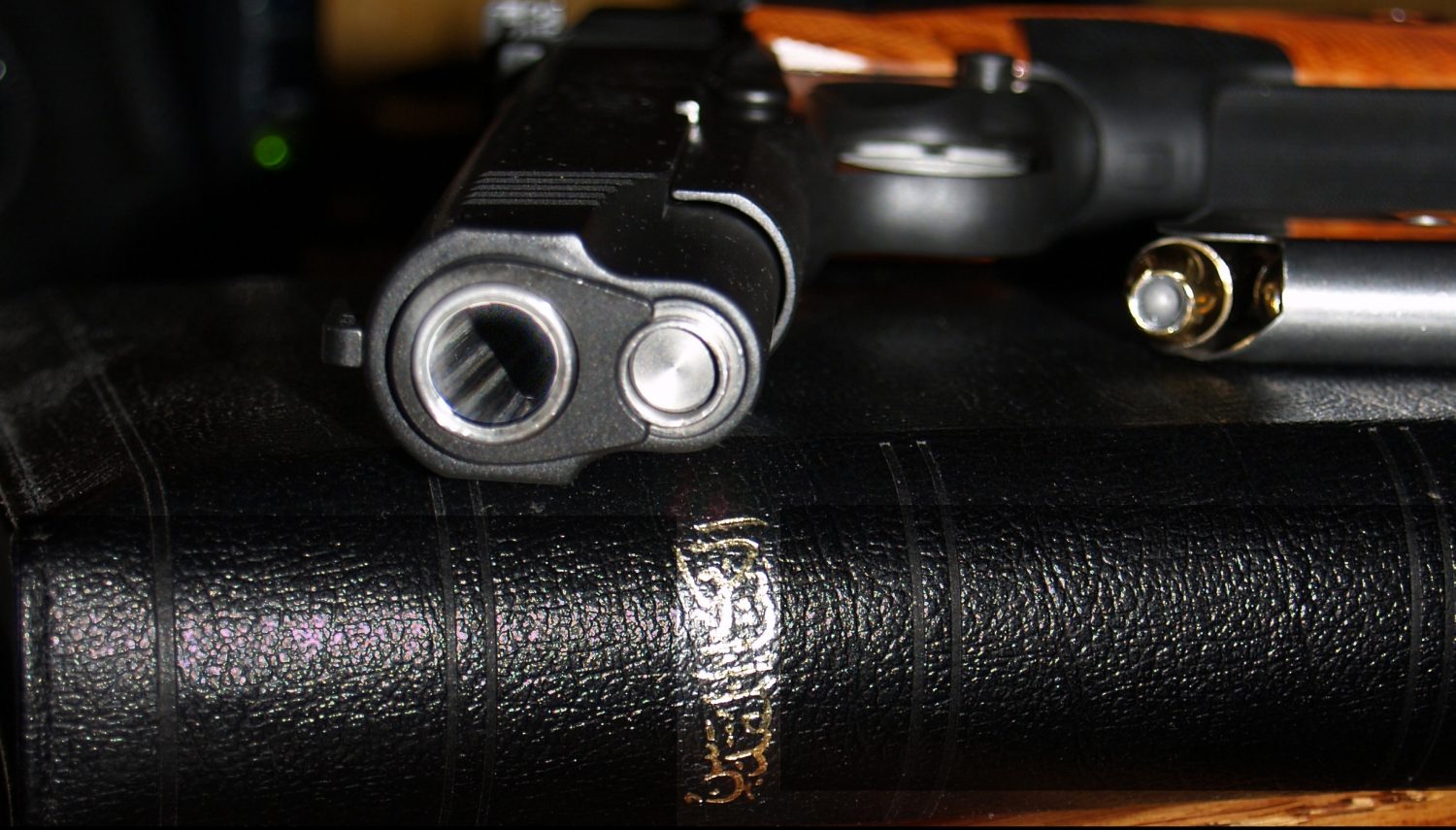Each of you has experienced a moment of crystallization like the one I had on Tuesday morning. When it hit, you sat in stunned silence for a few minutes trying to process the event and put it into words. All too often in our lives, that moment evaporates because the phone rings, you drop off to sleep, or your dog starts barking like a maniac. Before you’re even aware of it, that beautiful thought, that stunning insight, that moment of eternal wisdom slips between your fingers like the guts of a cloud through your airplane’s propeller.
Please follow me on Twitter, and “Like” the Facebook author page. Don’t forget to subscribe (the box is on the right side of the page) to be eligible for free e-books and other benefits!
My moment, one that is going to help me in my writing more than I would ever have imagined, came during a showing of Rio Grande on Turner Classic Movies. I DVR the best of the bunch and watch them when I have some time. Migraine weeks they almost all get purged from the DVR as I can’t concentrate and write. There was a migraine in process the last three days.
With that kind of a buildup you are probably expecting something magnificent. The title of the blog today says it all. It became blindingly clear to me that what makes a movie a classic is the fact that every frame could be turned into a poster that tells the story of that scene, and probably the whole movie. Today happened to be the day for the flash of brilliance because it was the second movie I’d watched with lots of pauses for phone calls, dog door opening, coffee breaks, bathroom breaks (coffee breaks can cause that,) Facebook messages, alarms on the phone, and wives walking into the room. Each time I stopped that flick I was captivated by the image on the screen. I was mesmerized by the beauty of the background, the careful attention of the actors to their craft, eye movement, beautiful wardrobe, and presence. The greats, and O’Hara and Wayne were among them, held every frame of the movie sacred. John Ford, the director, was a genius in his lighting and shooting of his movies.
Last week I watched Humphrey Bogart in The Maltese Falcon. Same thing when I started to think about it this morning. Every time I paused the machine the scene on the screen shouted out what was happening. The players were so spectacular in their performances that you had to be in San Francisco with them. The dialogue was a jewel with so many facets that you have to listen repeatedly to catch all the flares of light it blasts on the surrounding film. John Huston again created a world where brilliant lighting and sets enhanced everything that played in front of your eyes.
I’m almost done with what I hope will be the final major edit of my novel, Assault On Saint Agnes, before it’s published. (No date yet, no publisher yet, but so close we can taste it.) I’m going to start over and revisit the first 1/4 of the book with an eye toward that kind of memorable experience. That is my goal as a writer – to leave you with every scene and every dialogue so evocative of the whole book that you will savor them and look forward to the next. It can be done, Hollywood has given me shining examples to look to this past week.
If every frame is a poster, it’s a classic. If every page is a poster, I’ve met my goal. Pray for me, that’s a lot of posters I’ve got to frame in the next few days.
